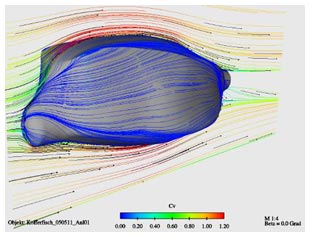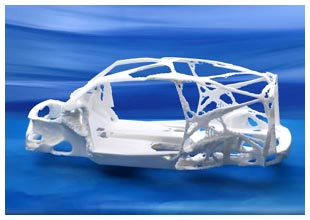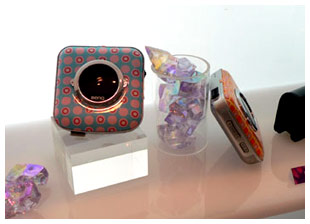If you’ve browsed through my links list, a few of them might seem out of place (and maybe a few are). One such link is “anime news“. I’ve referred to it only once before because, while interesting, I still consider anime’s impact on industrial design to be rather low-level. However, as manufacturing and design increasingly head to Asian suppliers in the same countries where Japanese animation has been off-shored, anime’s influence on product design could grow significantly; and I mean in the sense beyond the obvious Japanimation spin-off toys (eg Pokemon, Dragonball Z, Sailor Moon, etc). One example of how this kind of influence can be transferred is this computer mouse design created by Masamune Shiro, creator of the hugely popular Ghost in the Shell. As technology liberates designers from the tyranny of manufacturing constraints, this kind of crossover can only increase; more and more artists can move beyond images into tangible, manufacturable items.
That said, this brings me to today’s BusinessWeek online article “The Anime Biz“. From the article:
What’s more, the images that roll out of Japan’s studios inspire everything from Hollywood blockbusters to high fashion. Anime “has been hugely influential,” says John Lasseter, executive vice-president and creative chief at Pixar Animation Studios… He and other foreign media execs think the role of anime could expand much, much more. “It has the potential to be Japan’s next big export,” says Todd Miller, managing director for Asia at Sony Pictures Television.
Okay, so that was rather expected and reinforces some of my reasons for keeping an eye on that industry. But what was really interesting to me as a designer are the problems and difficulties the anime industry appears to be having. Some of the issues the article raises bring to mind recent conversations I’ve had with other industrial designers – discussions revolving around designers being allowed to move into the ranks of upper corporate management. I’ve always been hesitant on that issue and some of what this article points out is why I feel that way. This part is worth noting I think:
Just as problematic is a widespread lack of business savvy. While toymakers and TV broadcasters have made billions from marketing anime characters, most studios are run by artists who rose through the ranks of animators but have little experience in management.
It’s hard to argue with observations like those made in the article (some of the deals mentioned remind me of designers willing to work with no expectation of compensation – of any form – beyond gaining experience).
Sometimes I read things expecting one kind of story, and I get something more. This is one such article. If you’re in a creative profession I think you’ll also find it worth reading.






